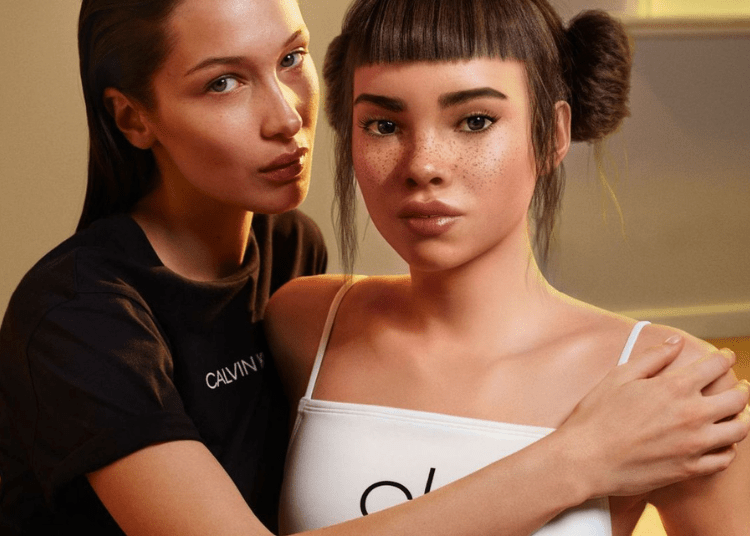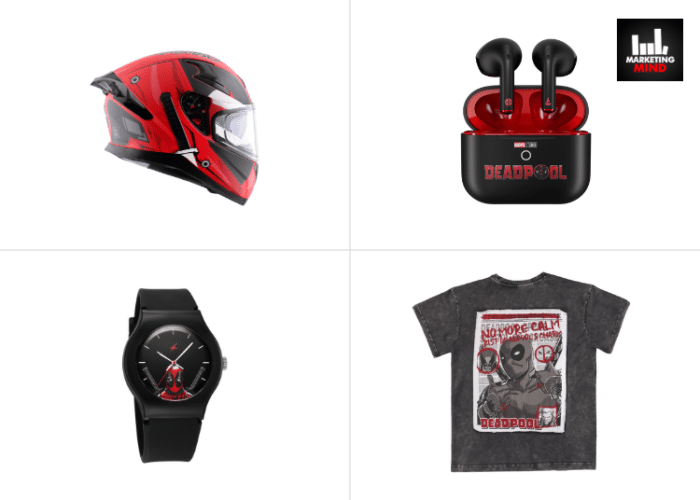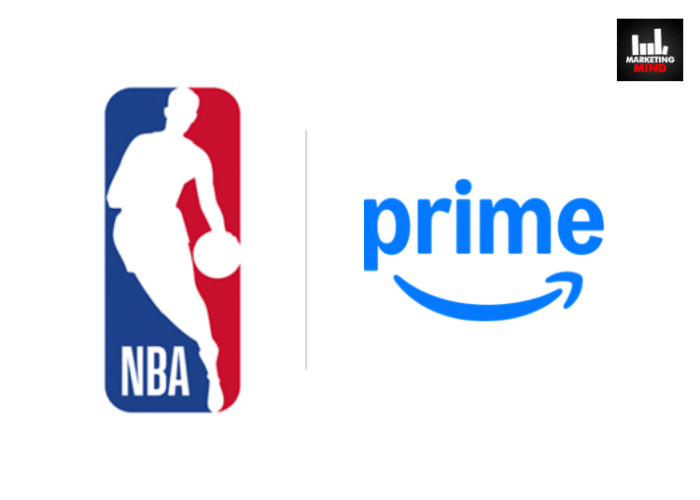Influencer marketing is changing quickly, and new channels for brand interaction are being made possible by the metaverse. 148 millennials were interviewed for this study, which uses a qualitative methodology to investigate how they see, engage, and interact with influencers and advertising in the metaverse.
After being given the opportunity to enter the metaverse, participants were asked about their experiences. The principal aim is to comprehend people’s reactions to advertisements in the metaverse and differentiate between users who have actively engaged with it and those who have not.
The study also seeks to determine how virtual influencers vary from real influencers and what impact they might have in the metaverse. In contrast to virtual influencers, which are AI-generated avatars that represent brands and engage in online sales and social media platform advertising, real influencers are real people with sizable followings who engage directly with their audience and frequently share personal stories and product endorsements.

But as virtual influencers have grown in popularity, the ecosystem surrounding influencer marketing has taken on a new dimension. Together with some examples of Indian brands using influence, let’s examine the main distinctions between real and virtual influencers at different tiers.
1. Mega Influencers: Real vs. Virtual
Real Mega Influencers: People who have a large following—often millions—of fans are considered mega influencers. These people are usually celebrities or public figures. They may magnify brand messaging to a large audience and have a great deal of power. For example, Indian cricket legend Virat Kohli has a big fan base and has partnered with companies like Manyavar and Myntra to promote their goods.
Virtual Mega Influencers: Conversely, computer-generated characters created to mimic real-life influencers are known as virtual mega influencers. Cameron-James Wilson, a British photographer, produced Shudu Gram, a virtual model. Although they are less common in India, virtual mega influencers give marketers a fresh approach to interact with tech-savvy consumers.
2. Macro Influencers: Real vs. Virtual
Real Macro Influencers: Usually with a fan base of between 100,000 and 1 million, macro influencers have a substantial but more specialized following. They frequently focus on specialized markets like lifestyle, fitness, or fashion. With her unique style and captivating content, Indian beauty blogger Komal Pandey works with companies like FabAlley and Nykaa to efficiently reach her audience.
Virtual Macro Influencers: Computer-generated avatars meant to appeal to younger audiences are known as virtual macro influencers. Examples of these include Miquela Sousa and Lil Miquela. These virtual influencers are appealing partners for brands that target Gen Z and Millennial consumers because of their distinct personalities and aesthetics.
3. Micro Influencers: Real vs. Virtual
Real Micro Influencers: Usually with a following of between 10,000 and 100,000, micro influencers are smaller yet have very active followers. They are renowned for their audience connection, specialization knowledge, and genuineness. For example, Indian cuisine blogger Shivesh Bhatia works with companies like KitchenAid and Amul to produce sponsored content that appeals to his devoted fan base.
Virtual Micro Influencers: Although they are less prevalent, virtual creators with smaller yet engaged followers are becoming more and more prominent on up-and-coming platforms like Instagram. With the help of these virtual avatars, brands can reach specialized audiences and encourage focused interaction.
4. Nano Influencers: Real vs. Virtual
Real Nano Influencers: Nano influencers are quite small, usually with 1,000–20,000 followers, yet they are very genuine and have high levels of engagement. They are frequently regular customers who tell their followers about sincere endorsements and encounters. For instance, Ankita Mehra, an Indian lifestyle blogger, works with regional businesses to provide her devoted audience with real-life lifestyle and product recommendations.
Virtual Nano Influencers: A new yet developing trend, virtual nano influencers are represented by AI-generated avatars on sites that experiment with representing regular consumers. Virtual nano influencers are a relatively new concept, but they have the ability to provide companies with an affordable means of reaching highly focused audiences with customized content.
Impact on Advertising and Marketing
The emergence of virtual and real influencers has completely changed the context of marketing and advertising in a number of ways.
- Authenticity vs. Control: Sincere and authentic connections with their audience are what real influencers bring to the table, which makes them incredibly powerful for engagement and brand endorsement. Conversely, virtual influencers enable marketers more command over their image and messaging, enabling exact brand alignment and narrative.
- Reach vs. Engagement: Although mega influencers have a large following, they might not be as closely involved as micro and nano influencers. Although they could have an infinite audience, virtual influencers might find it difficult to establish real relationships with their followers.
- Cost vs. Efficiency: Brands may incur more costs when working with actual influencers, especially mega influencers. Virtual influencers are a more economical option because to their increased scalability and reduced production costs.
- Innovation vs. Novelty: The forefront of technology and marketing innovation is embodied by virtual influencers. By using virtual influencers, brands may stand out from the competition and draw in customers with their originality and inventiveness.
Economic Impact
Whether real or virtual, influencer marketing adoption has a big financial impact on brands:
- Market Expansion: By utilizing the influence and reach of influencers, influencer marketing enables organizations to reach new audiences and demographics.
- income Growth: By raising brand recognition, boosting website traffic, and influencing purchase decisions, successful influencer programs may help brands increase sales and income.
- Employment Creation: The emergence of influencer marketing has given content producers, digital marketers, and social media experts additional chances, which has boosted employment and stimulated economic expansion.
Can virtual influencers effectively substitute their real counterparts, or is there a symbiotic relationship yet to be explored?













